French Food That Tourists Love but Locals Avoid
When visiting France, it’s easy to assume that everything on a restaurant menu is part of everyday French life. But the reality? Some of the most famous “French” dishes are rarely eaten by locals. Many of these foods are nostalgic, seasonal, or just something people don’t bother with unless they’re with tourists.
Here’s a look at some of the most overrated French foods that visitors love – but most locals avoid.
1. Escargots (Snails in Garlic Butter)

For tourists, eating escargots is a bucket-list experience. It’s rich, garlicky, and feels like a true “when in France” moment.
But outside of special occasions like Christmas or family gatherings, most French people don’t touch them. They’re not a regular appetizer at home, and you won’t see Parisians casually ordering them at dinner.
If you ask a local when they last had escargots, there’s a good chance they’ll have to think about it.
2. Frog Legs (Cuisses de Grenouille)
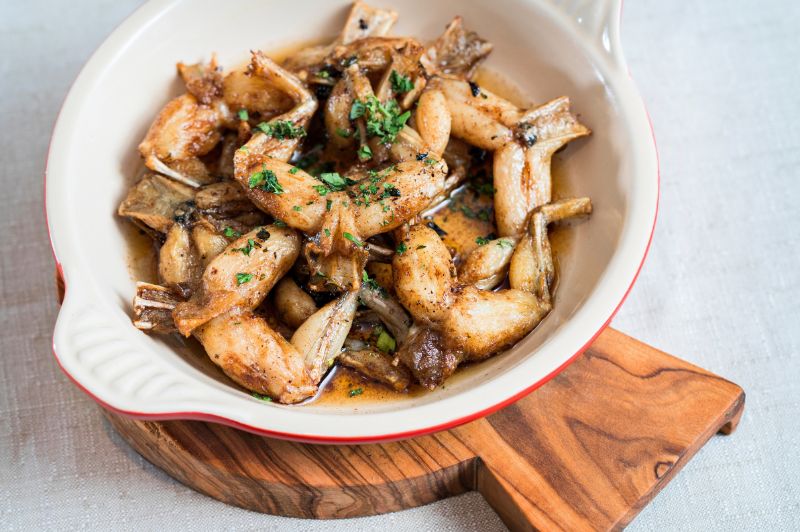
For Americans, it’s the ultimate French stereotype, but here’s the truth: most French people have never even tried frog legs.
They do exist in some traditional restaurants, but they’re not a normal meal. They’re more of a specialty item that only certain regions still serve regularly.
Outside of old-school countryside spots, don’t expect to see a French person getting excited over frog legs.
3. Onion Soup (Soupe à l’Oignon)
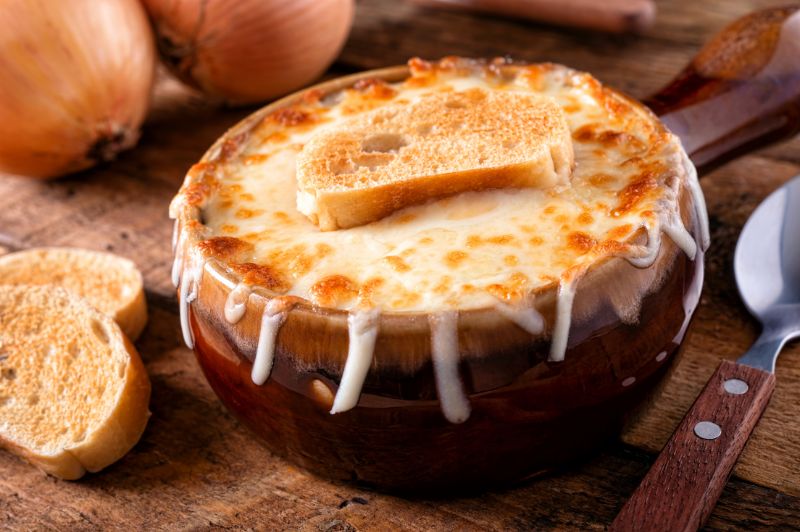
Tourists order onion soup thinking it’s a classic French comfort food. It is, but not in the way you’d expect.
Onion soup was originally a cheap meal for workers coming out of the markets late at night. Today, you’ll mostly find it in tourist-heavy brasseries or on cold winter days at a ski resort.
Locals don’t sit around eating it year-round, and it’s definitely not something people cook at home.
4. Macarons from Ladurée
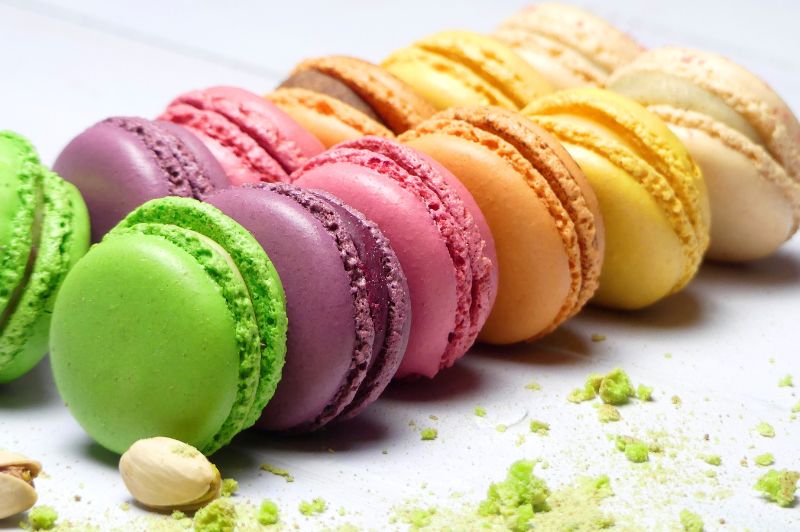
Ladurée has done an amazing job convincing the world that macarons are the French pastry to try. But if you ask a local, they’ll probably tell you they don’t even remember the last time they ate one.
They’re expensive, kind of small, and more about the aesthetic than the taste.
If a French person wants a sweet treat, they’re far more likely to grab a pain au chocolat or a tarte aux framboises from their local bakery instead of dropping €2 on a tiny macaron.
5. Foie Gras Outside of the Holidays
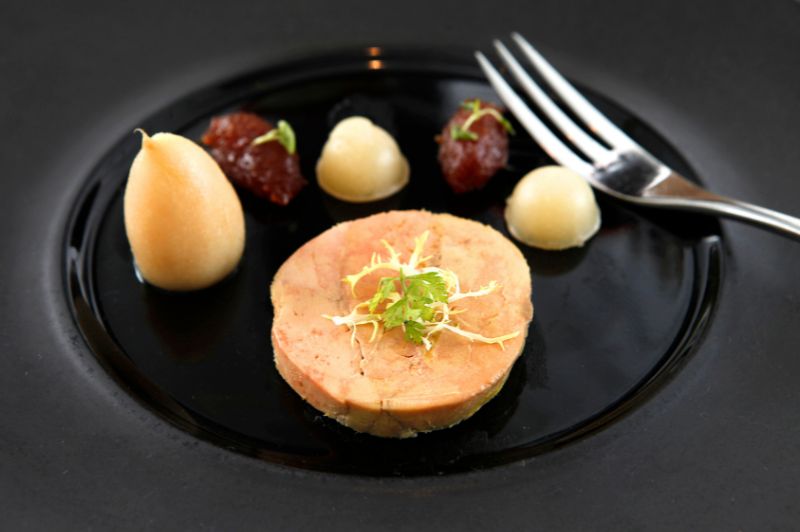
Foie gras is one of the most famous French delicacies, but it’s not an everyday thing. You’ll see it on fancy restaurant menus, but most French people only eat it at Christmas or special occasions.
It’s not something people casually snack on or keep in their fridge year-round.
6. Sweet Crêpes in Restaurants
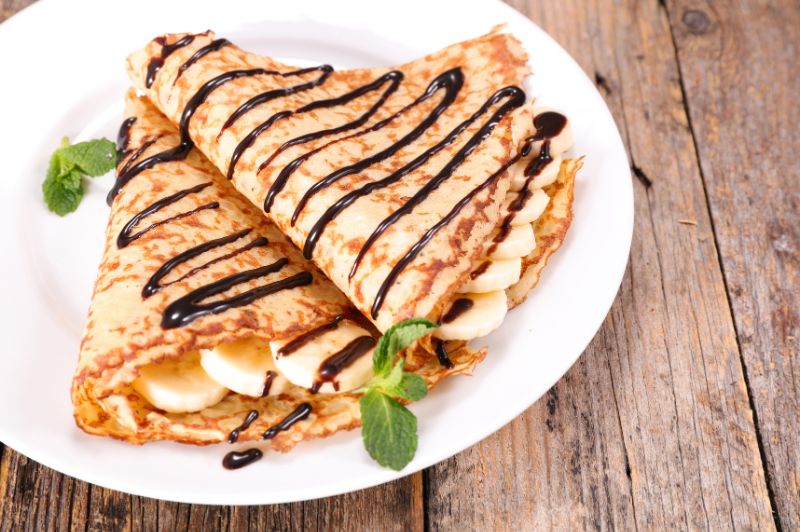
Visitors love ordering crêpes for dessert, especially ones loaded with Nutella, whipped cream, and fruit. But ask a local, and they’ll tell you that crêpes are not a fancy sit-down meal.
They’re either made at home (often on Sundays with family) or grabbed from a street-side crêperie when you’re out and about. Ordering a Nutella crêpe in a restaurant is generally more of a tourist move.
7. Over-the-Top Cheese Boards
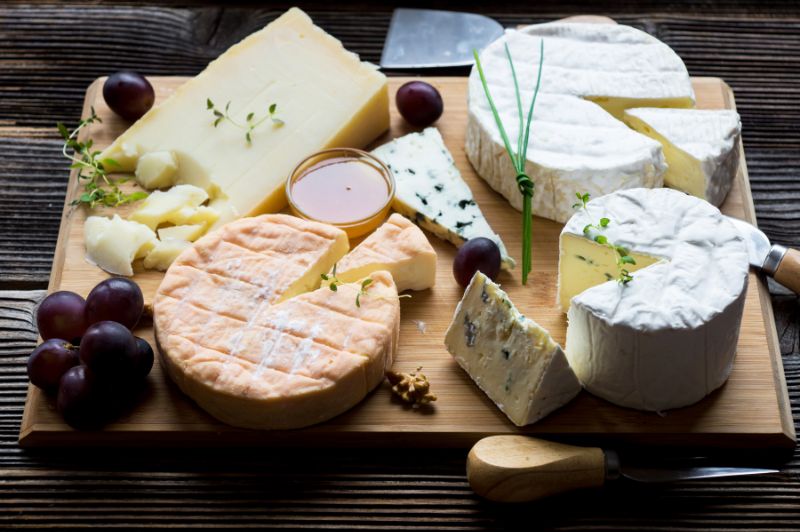
Big, overflowing cheese platters with six different kinds of cheese? That’s something restaurants put together for tourists. A real French meal ends with one or two cheeses,not an entire grazing board.
Locals love their cheese, but they’re not out here assembling Instagram-worthy charcuterie spreads every time they sit down for dinner.
Final Words
A lot of these dishes do have a place in French culture, but they’re often romanticized for visitors. Locals don’t eat frog legs or escargots on a regular basis, and nobody is casually grabbing a box of Ladurée macarons for breakfast – more likely as a gift for a dinner party.
If you want to eat like a real French person, skip the gimmicky stuff and head to a neighborhood bakery, a local market, or a simple bistro where people actually eat.
